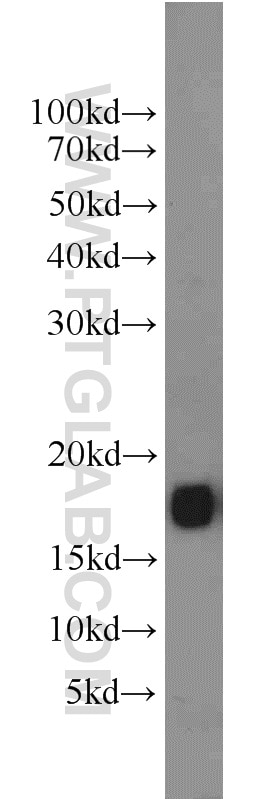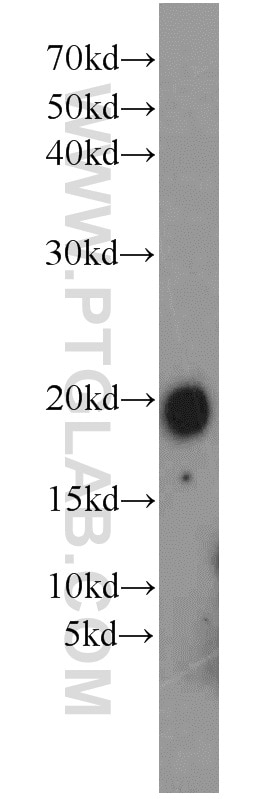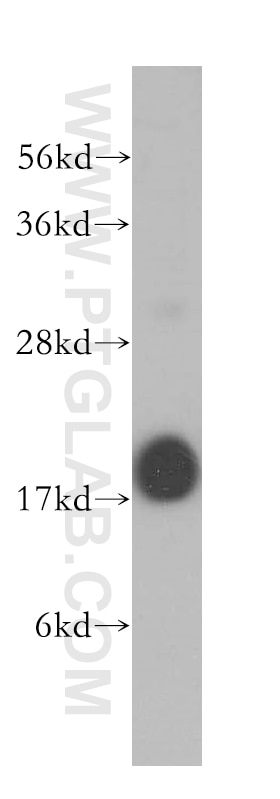FXYD7 Polyklonaler Antikörper
FXYD7 Polyklonal Antikörper für WB, ELISA
Wirt / Isotyp
Kaninchen / IgG
Getestete Reaktivität
Hausschwein, human, Maus, Ratte
Anwendung
WB, ELISA
Konjugation
Unkonjugiert
Kat-Nr. : 11465-1-AP
Synonyme
Geprüfte Anwendungen
| Erfolgreiche Detektion in WB | Maushirngewebe, humanes Hirngewebe, Rattenhirngewebe |
Empfohlene Verdünnung
| Anwendung | Verdünnung |
|---|---|
| Western Blot (WB) | WB : 1:500-1:1000 |
| It is recommended that this reagent should be titrated in each testing system to obtain optimal results. | |
| Sample-dependent, check data in validation data gallery | |
Produktinformation
11465-1-AP bindet in WB, ELISA FXYD7 und zeigt Reaktivität mit Hausschwein, human, Maus, Ratten
| Getestete Reaktivität | Hausschwein, human, Maus, Ratte |
| Wirt / Isotyp | Kaninchen / IgG |
| Klonalität | Polyklonal |
| Typ | Antikörper |
| Immunogen | FXYD7 fusion protein Ag2030 |
| Vollständiger Name | FXYD domain containing ion transport regulator 7 |
| Berechnetes Molekulargewicht | 9 kDa |
| Beobachtetes Molekulargewicht | 18-20 kDa |
| GenBank-Zugangsnummer | BC018619 |
| Gene symbol | FXYD7 |
| Gene ID (NCBI) | 53822 |
| Konjugation | Unkonjugiert |
| Form | Liquid |
| Reinigungsmethode | Antigen-Affinitätsreinigung |
| Lagerungspuffer | PBS with 0.02% sodium azide and 50% glycerol |
| Lagerungsbedingungen | Bei -20°C lagern. Nach dem Versand ein Jahr lang stabil Aliquotieren ist bei -20oC Lagerung nicht notwendig. 20ul Größen enthalten 0,1% BSA. |
Hintergrundinformationen
FXYD7 (FXYD domain containing ion transport regulator 7) is a single-pass membrane protein that belongs to the FXYD family. The FXYD family, which contains seven members, are tissue specific regulators of the Na,K-ATPase. Expressed exclusively in the brain, FXYD7 is an isoform-specific Na,K-ATPase regulator which could play an important role in neuronal excitability. It has been reported that FXYD7 bears post-translationally added modifications on threonine residues and has an apparent molecular weight of 18 kDa (PMID: 12093728).
Protokolle
| PRODUKTSPEZIFISCHE PROTOKOLLE | |
|---|---|
| WB protocol for FXYD7 antibody 11465-1-AP | Protokoll herunterladen |
| STANDARD-PROTOKOLLE | |
|---|---|
| Klicken Sie hier, um unsere Standardprotokolle anzuzeigen |





